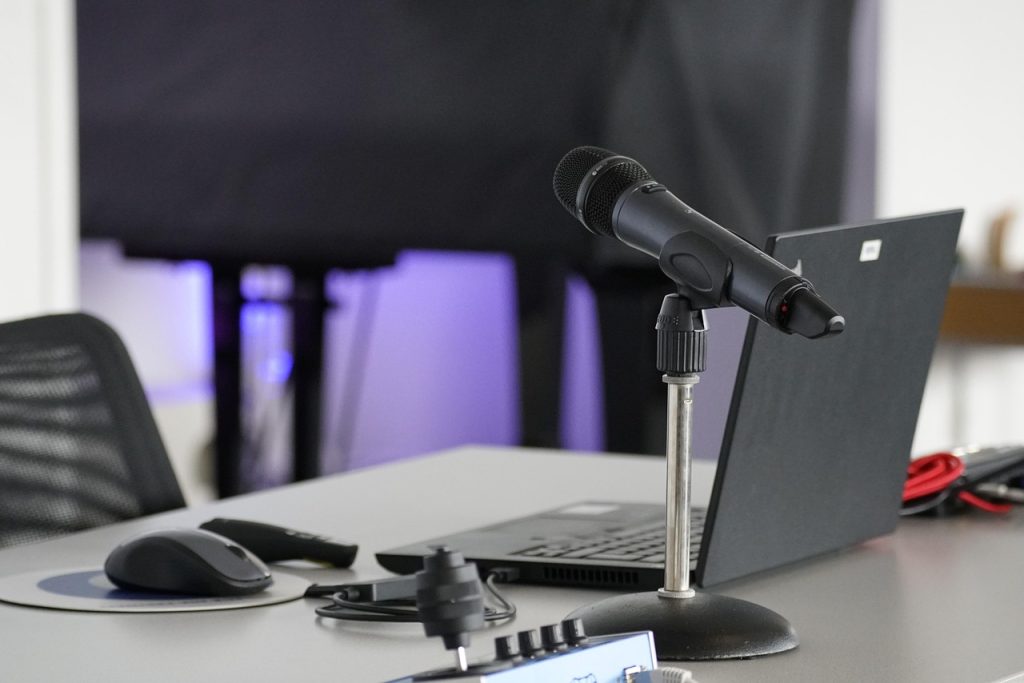
Women entrepreneurs in low- and middle-income countries are vital to economic growth but according to this report from World Economic Forum, they face major barriers due to digital exclusion and discriminatory legal frameworks.
While most own smartphones, many lack affordable, reliable internet and face online harassment, limiting their ability to grow businesses through digital tools. Regulatory obstacles and gender bias also prevent women from accessing credit and formalizing businesses.
Closing these gaps through policy reform, infrastructure investment, digital literacy training, and online safety measures could unlock up to $5 trillion in global GDP. Bridging the digital divide is not only a moral imperative—it’s an economic necessity.








